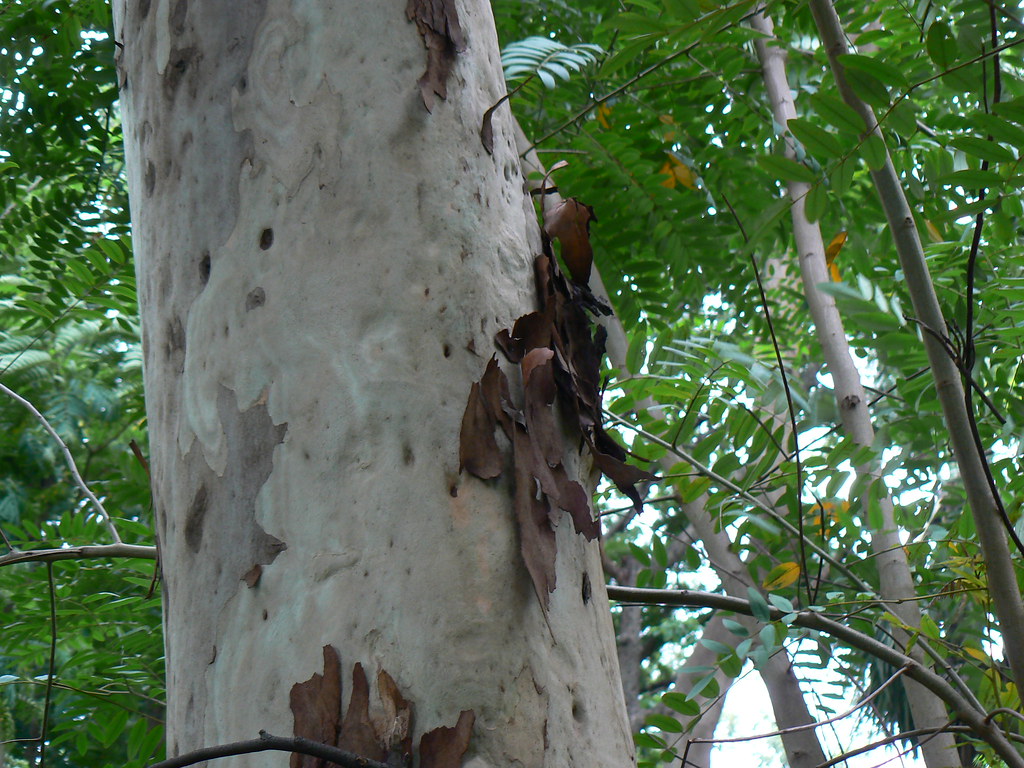Context:
Recently, the Forest Department launched the first synchronised estimation of the Nilgiri Tahr, the State animal of Tamil Nadu.
More on the news
- The survey will also cover the Eravikulam and Silent Valley National Parks in Kerala, which are contiguous with the tahr habitats in Tamil Nadu.
- The survey is conducted by the Tamil Nadu Forest Department in collaboration with the Kerala Forest Department, Wildlife Institute of India, WWF-India and the International Union for Conservation of Nature (IUCN).
- The population would be estimated using bounded count and double observer methods.
- The double observer method involves two observers searching for and counting animals simultaneously while ensuring they do not cue each other on the locations of the animals
Significance of the survey
- The synchronised survey and the approximate number of Nilgiri tahr in the Western Ghats in Tamil Nadu will provide crucial baseline data for conservation planning and management of the Nilgiri Tahr population.
About Nilgiri tahr
- It was originally placed with the Himalayan and Arabian Tahr in the genus but recent genetic analysis suggested that it is a sister group of Ovis. It has since been transferred to new genus Nilgiritragus Hemitragus.
- It is a social animal found in mixed herds composed of adult females and their young.
- Habitat: It prefers montane grasslands, with steep and rocky terrains at an altitude between 300 and 2,600 metres above sea level.
- The Eravikulam National Park in Anamalai hills, Kerala, has more than 700 individuals and is home to the largest population of the Nilgiri tahr.
- Conservation status: It is an endangered species endemic to the Western Ghats as per the IUCN Red List of Threatened Species. It is protected under Schedule I of the Wildlife (Protection) Act of India, 1972.
- It is the only mountain ungulate (large mammals with hooves) in southern India amongst the 12 species present in India
- There is significant sexual dimorphism – males are larger in size and have bigger horns than females.
- Conservation efforts: Project Nilgiri Tahr was launched in October 2023, Consolidating efforts towards conserving Tamil Nadu’s state animal.
- Threats: Habitat loss due to rampant deforestation, competition with domestic livestock, hydroelectric projects in Nilgiri tahr habitat, and monoculture plantations
- Occasional hunting for its meat and skin.

Project Nilgiri Tahr Overview:
Features:
- Conduct surveys and radio telemetry studies to improve understanding of the Nilgiri Tahr population.
- Reintroduce Tahrs to their original habitat.
- Mitigate immediate threats to the species.
- Raise public awareness about the Nilgiri Tahr.
Cost: The project budget is Rs. 25 crores.
Duration: To be implemented for 5 years.

